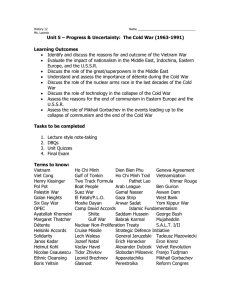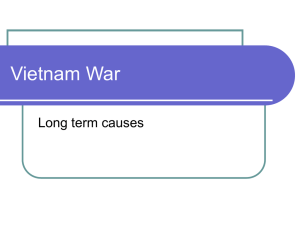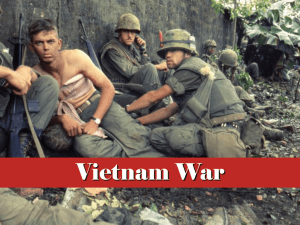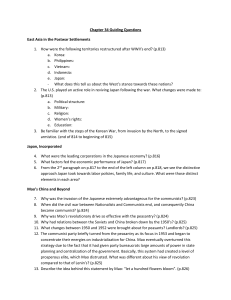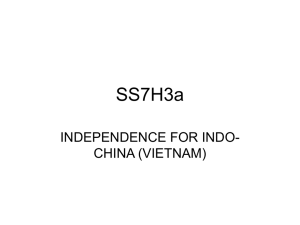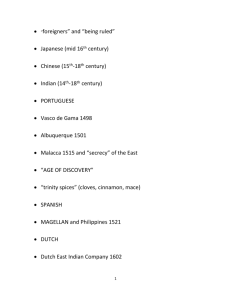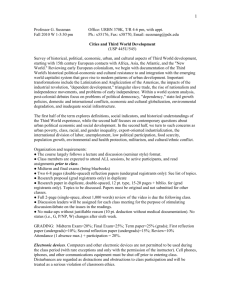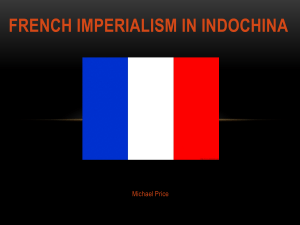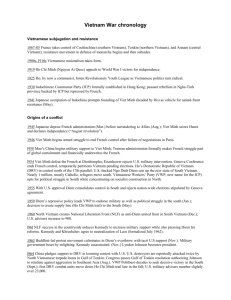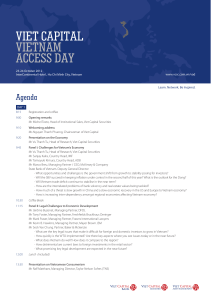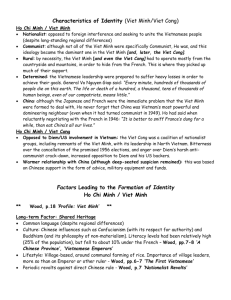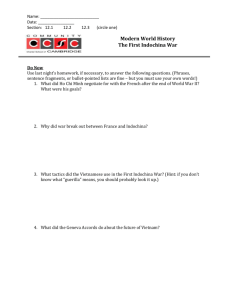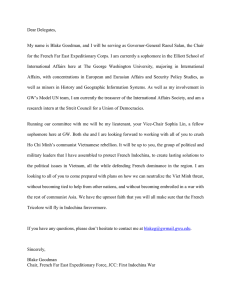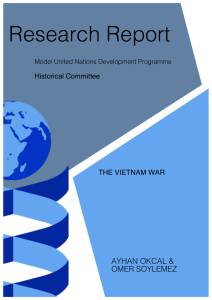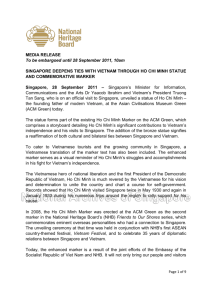Fact Sheet 4: The First Indochina War and its
advertisement
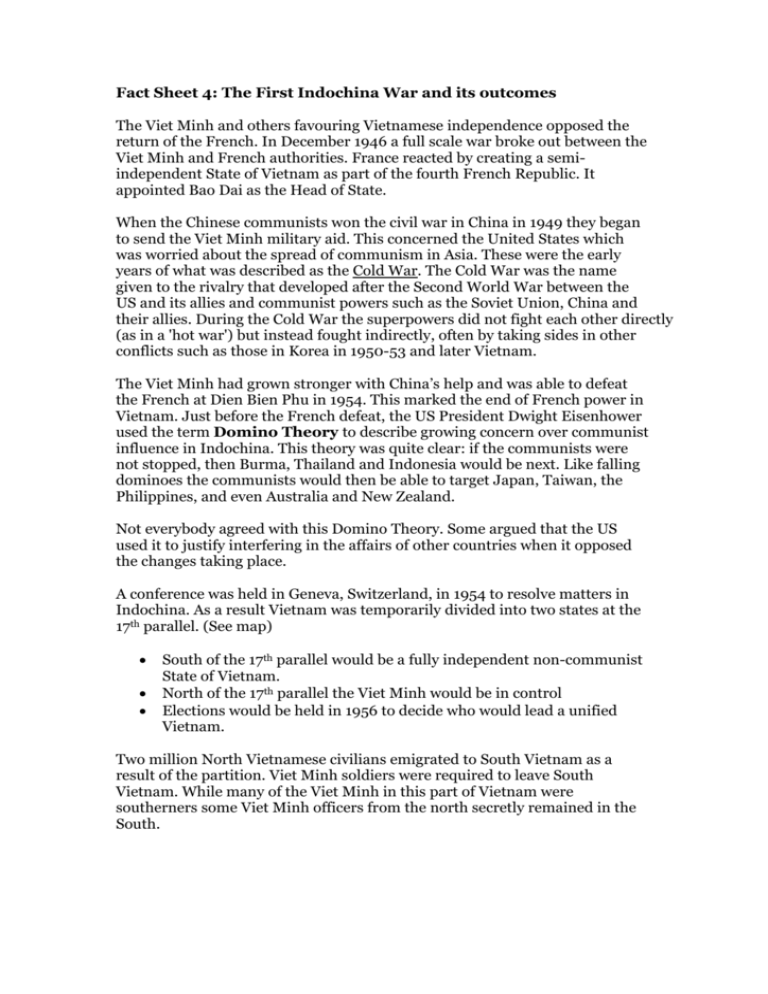
Fact Sheet 4: The First Indochina War and its outcomes The Viet Minh and others favouring Vietnamese independence opposed the return of the French. In December 1946 a full scale war broke out between the Viet Minh and French authorities. France reacted by creating a semiindependent State of Vietnam as part of the fourth French Republic. It appointed Bao Dai as the Head of State. When the Chinese communists won the civil war in China in 1949 they began to send the Viet Minh military aid. This concerned the United States which was worried about the spread of communism in Asia. These were the early years of what was described as the Cold War. The Cold War was the name given to the rivalry that developed after the Second World War between the US and its allies and communist powers such as the Soviet Union, China and their allies. During the Cold War the superpowers did not fight each other directly (as in a 'hot war') but instead fought indirectly, often by taking sides in other conflicts such as those in Korea in 1950-53 and later Vietnam. The Viet Minh had grown stronger with China’s help and was able to defeat the French at Dien Bien Phu in 1954. This marked the end of French power in Vietnam. Just before the French defeat, the US President Dwight Eisenhower used the term Domino Theory to describe growing concern over communist influence in Indochina. This theory was quite clear: if the communists were not stopped, then Burma, Thailand and Indonesia would be next. Like falling dominoes the communists would then be able to target Japan, Taiwan, the Philippines, and even Australia and New Zealand. Not everybody agreed with this Domino Theory. Some argued that the US used it to justify interfering in the affairs of other countries when it opposed the changes taking place. A conference was held in Geneva, Switzerland, in 1954 to resolve matters in Indochina. As a result Vietnam was temporarily divided into two states at the 17th parallel. (See map) • • • South of the 17th parallel would be a fully independent non-communist State of Vietnam. North of the 17th parallel the Viet Minh would be in control Elections would be held in 1956 to decide who would lead a unified Vietnam. Two million North Vietnamese civilians emigrated to South Vietnam as a result of the partition. Viet Minh soldiers were required to leave South Vietnam. While many of the Viet Minh in this part of Vietnam were southerners some Viet Minh officers from the north secretly remained in the South.
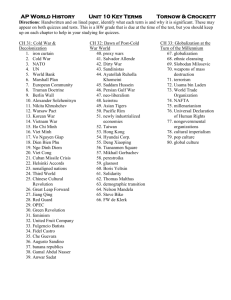
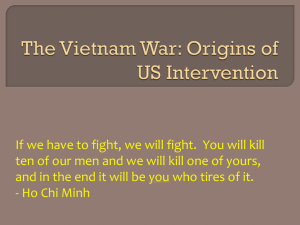
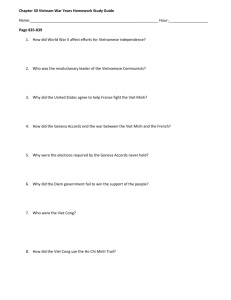
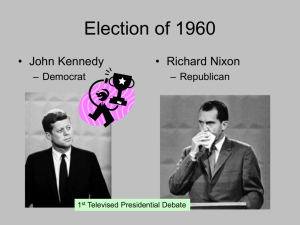
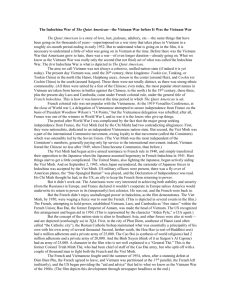
![vietnam[1].](http://s2.studylib.net/store/data/005329784_1-42b2e9fc4f7c73463c31fd4de82c4fa3-300x300.png)
